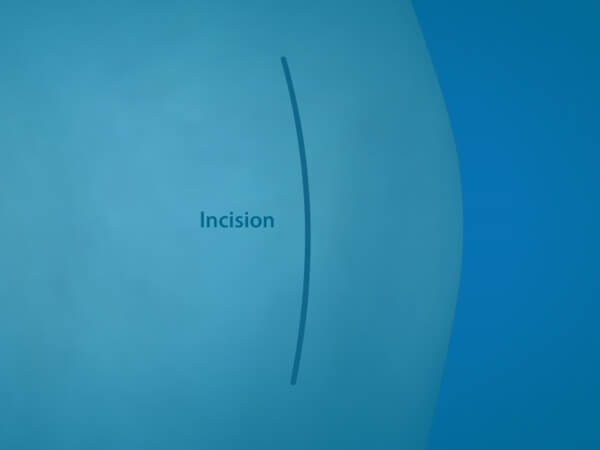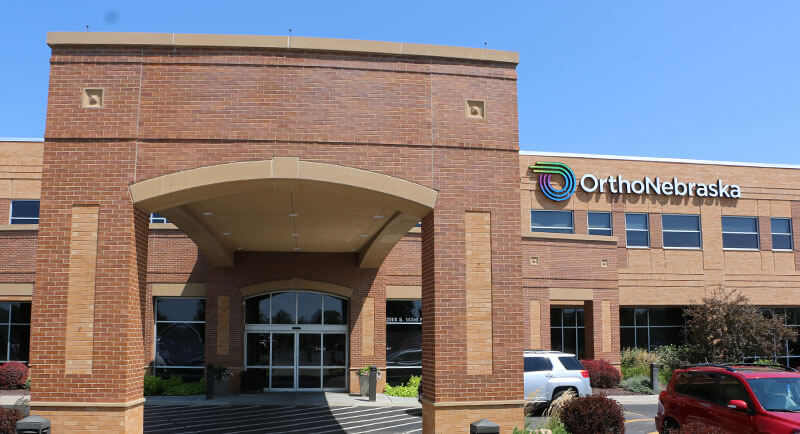What is Patellar Repair?
A surgeon re-attaches the tendon by threading sutures from the tendon to the kneecap. Traditional technique involves drilling holes in the kneecap, whereas a newer technique uses metal implants called anchors instead to avoid drilling the holes. Your surgeon can advise you on the best technique for your situation.
Who should have a Patellar Repair?
People with small or partial tears are unlikely to need this surgery. For those patients, immobilization followed by physical therapy will likely suffice. However, most people require patellar repair surgery to regain full knee surgery. Small or partial tears are less common.
Does Patellar Repair work?
Most people recover such that their leg strength returns at a rate of between 85 and 90 percent. Your surgeon will compare your leg strength to your uninjured leg to measure your progress, so you will have a good idea how your recovery is trending. A key success factor is the skill of your surgeon as they tighten the sutures to the appropriate tension. Choosing a physician who performs many of these procedures each year like the ones at OrthoNebraska is recommended.
Complications specific to this surgery include weakness and loss of motion. These are usually temporary.
As with any surgery, infection, blood clotting or anesthesia complications are possible. We have very low complication rates at OrthoNebraska.
What can I expect when I have a Patellar Repair?
You may need a pre-surgical physical to make any necessary accommodations based on your health history. When you arrive at the hospital, you’ll speak to your surgeon and anesthesiologist. You may be given regional anesthesia or be put to sleep (general anesthesia). You will be face up to expose your knee for the surgeon. You may go home the same day, or you may stay overnight, depending on your overall health. The position of your kneecap may be different after surgery.
You will probably need ice and pain control medications for about a week. You’ll discuss this with your doctor after surgery. Your knee will be immobilized in a long leg cast and you will not be able to bear weight on your leg for about four to six weeks. After that, you and your surgeon will discuss a physical therapy regimen to help return your knee to full strength.
Complete recovery takes six to 12 months.
















